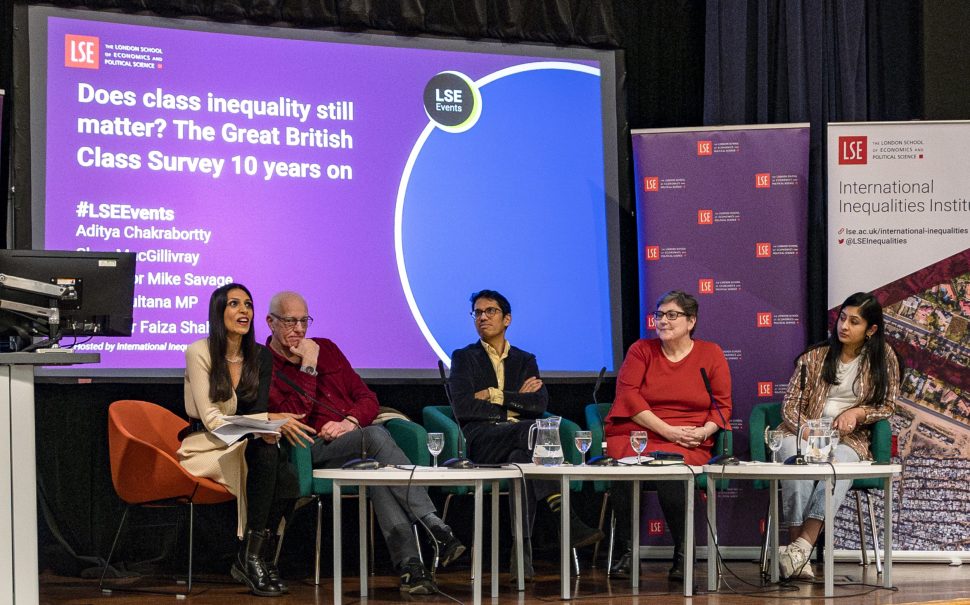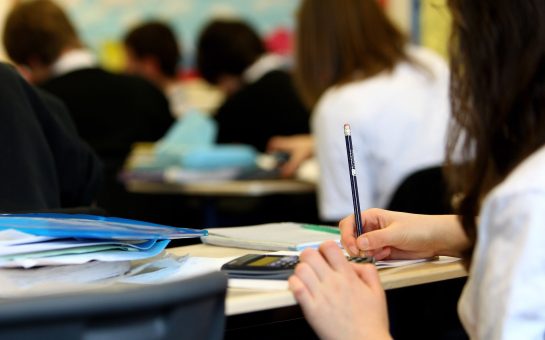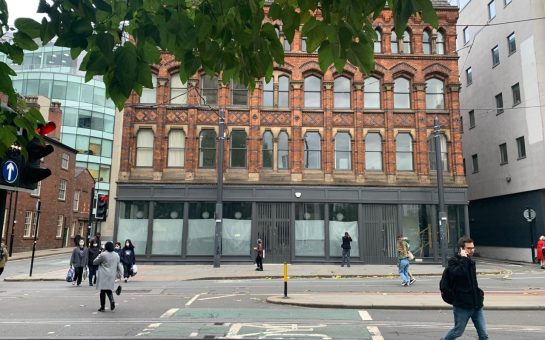In 2015, a fresh take on social class redefined what it meant to be working or middle class. Ten years on, how has class inequality changed? Five experts met to discuss...
Do you socialise with any accountants or do you dine with artists? Are you a jazz lover or do you prefer to spend your time at stately homes? Answer these and a few other questions to – slightly crudely – determine which class group you sit in.
Professor Mike Savage’s “Social Class in the 21st Century” was published in 2015, arguing that culture and social connections were just as important as occupation when thinking about class.
Ten years on, he joined a panel of experts at LSE last week to discuss – does class inequality still matter?
“I just want to say from the start, I’m not a neutral chair, “ said Dr Faiza Shaheen, LSE Policy Fellow and economist.
“I definitely think that class inequality matters.”
Independent MP for Coventry South, Zarah Sultana, thinks class boundaries have changed significantly over recent years.
“I think about my grandparents’ generation. Class divisions were more obvious back then, and linked to industry – coal miners, steel workers and factory workers like my grandad on one side.
“And financiers and aristocrats on the other side,” she said.
Generally, three different kinds of resources are considered when defining someones’ class: your income and wealth; the people you know; and how you spend your free time.
“I think why class, as opposed to talking about, say, poverty is really important is because it’s really about the stratification of society, in terms of resources, in terms of power, and in terms of respect,” said Dr Shaheen.
But one factor stands out most to Professor Savage.
“The prospects of younger generations are increasingly bound up with their parents’ wealth. We are living in a society where we can expect to see a slowdown in social mobility,” he said, pointing to the explosion of private wealth in the UK.
He referenced the doubling of average wealth from the 1980s (£100,000 per head) to now (roughly £200,000 per head).
“Now, most of you will be thinking, I don’t have £200,000. That is the point,” he said.
“Wealth is the most unevenly divided distribution you can find. Much more uneven than income.”
And the problem worsens when considering race – the poorest 25-40% of all racialised groups have little or no wealth.
“You can’t say to me that it’s all about class, because it’s also about gender and racial inequality and those are increasing. Inequality is rife, racialised, and gendered,” said Clare MacGillivray, Director of Making Rights Real, a grassroots charity in Scotland.
And what about where you live?
Children who grow up in London continue to enjoy better social mobility than their counterparts in other areas of the country.
The challenges in poor areas were laid bare to Aditya Chakrabortty when he visited Ashington, a town in Northumberland.
Once an industrial giant, it has steadily declined.
“I spoke to a teacher nearby who wanted me to understand that for her students, places like the Houses of Parliament and the Natural History Museum were all too far away,” said the Guardian economics commentator.
“They involved long hours on the coach which required cash that their parents didn’t have and days out that their school couldn’t afford. She said they’ve never been to Central London.
“They live in a different country,” he said.
Some critics still argue that labels can create further divisions in society. Is it helpful to disaggregate people into class groups?
Chakrabortty thinks so.
“Class gives us an economic identity. It groups you with people you might otherwise not have much in common with.
“The thing about ethnicity is that I can’t change how Bengali I am. I’m still a Bengali. But I can be working class, I can be middle class, I can be anything,” he said.
Feature image credit: London School of Economics



